Non-shedding cats: 10 cats that don't shed (much!)
Non-shedding cats are the perfect choice for pet owners who suffer from allergies or those who want to avoid fur all over their floors!
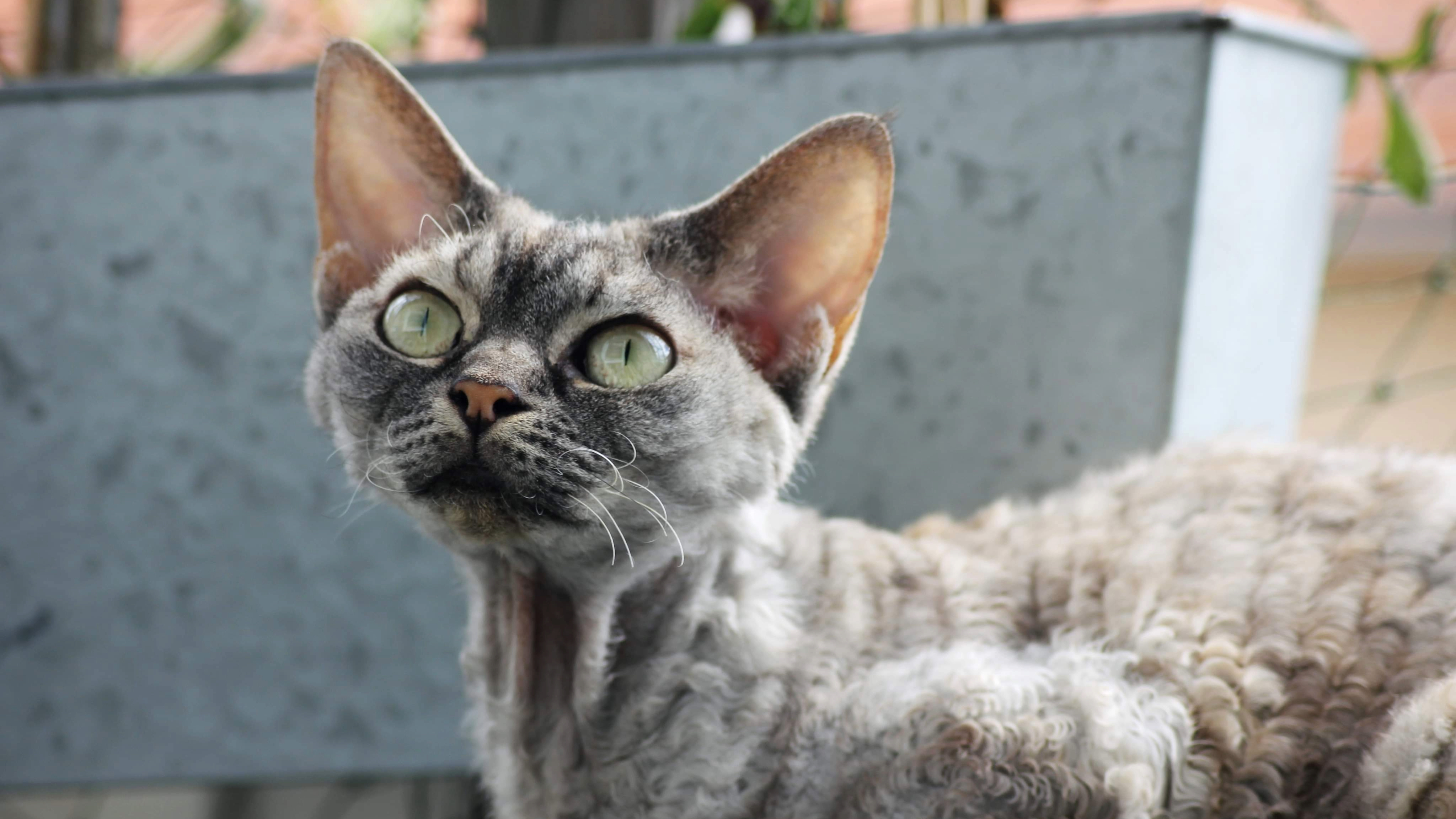
Non-shedding cats are well worth considering if you’re an allergy sufferer or simply someone who’d prefer not to have tons of fur all over your clothing, floors and furniture.
While there’s no such thing as a cat that never sheds — even hairless cat breeds have a small amount of fuzz that they lose — there are plenty of breeds who only shed a minimal amount.
If you’ve always wondered how to reduce cat shedding, considering cats that don’t shed much is the easiest option for solving the issue of having excess hair all around your house.
Although they’ll still shed a small amount during the spring and autumn molting seasons, these almost non-shedding felines aren’t ones to leave a trail of floof behind them!
1. Sphynx
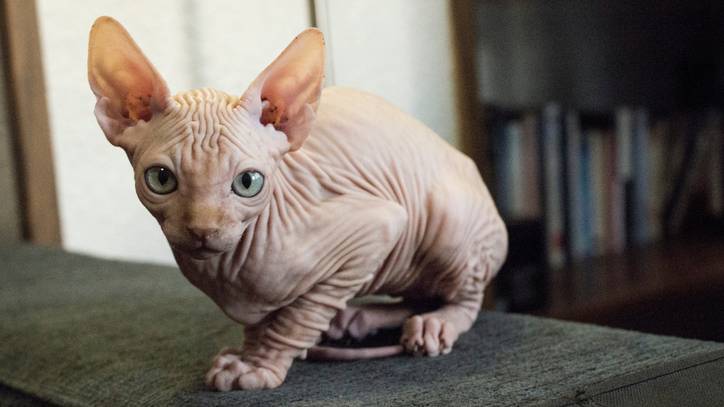
Sphynx cats are hairless, so there's really nothing to shed. But they can have varying degrees of hairlessness, with some having a little peach fuzz all over their body or just on their legs.
They are very energetic and incredibly smart, so you'll want to ensure you have tons of cat enrichment ideas up your sleeve and provide them with ample opportunities for exercise to keep them happy and healthy.
Sphynx cats are also one of the most affectionate lap cat breeds, so you'll really appreciate their lack of shedding when they're climbing all over your lap and demanding cuddles.
Get the best advice, tips and top tech for your beloved Pets
Sphynx cats are prone to rashes and fungal infections because of their hairless nature, so prepare to sponge bathe them regularly.
2. Peterbald
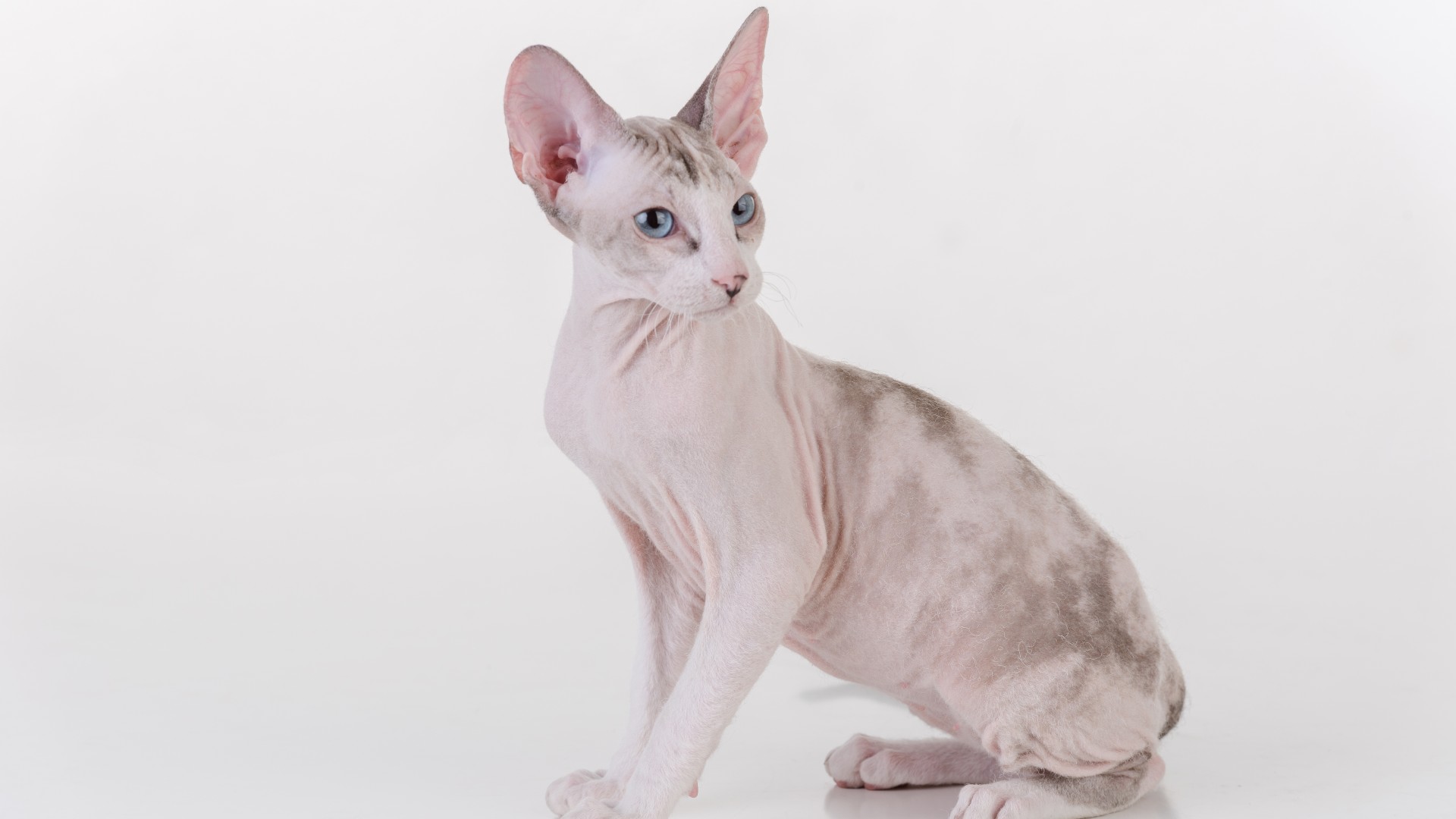
Peterbald cats are another hairless breed (although there are variations of the Peterbalds that have some hair), so shedding won't be a real issue with them.
Peterbalds' coats do change during their first two years of life, however, so they may lose hair or their hair may change texture.
If you have a hairless Peterbald, you'll need to take care of their gentle skin as they can be prone to oil build-ups that cause irritation. Peterbalds can also get sunburnt and get cold very easily, so you'll want to keep them indoors.
Peterbalds originated in Russia and are very sociable and loyal - expect them to shadow you everywhere.
3. Cornish Rex
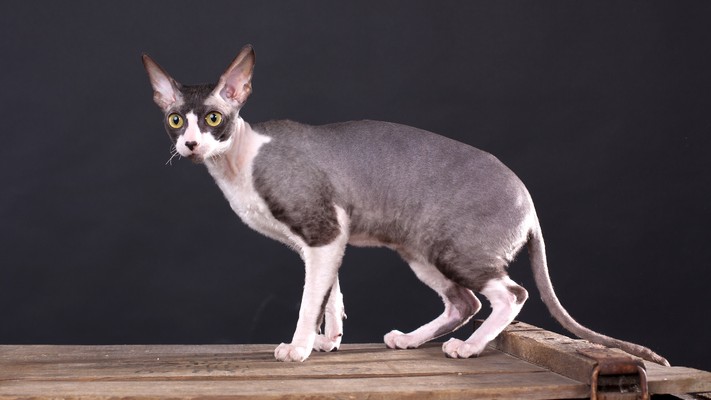
The secret to the lack of shedding when it comes to a Cornish Rex lies in their unique coat. Cornish Rex cats only have an undercoat, whereas most cats have both an undercoat and an outer layer of guard hairs that are more coarse.
Since the Cornish Rex only has a curly, soft undercoat, they are less likely to shed than other breeds.
These cats are highly active and love chasing the best interactive cat toys around the house, plus they're incredibly affectionate which is a huge plus if you've always wanted a kitty you can snuggle up with.
Expect these soft curly babies to demand attention and playtime, but at least their hair situation won't be nearly as demanding as other cats.
4. Siamese
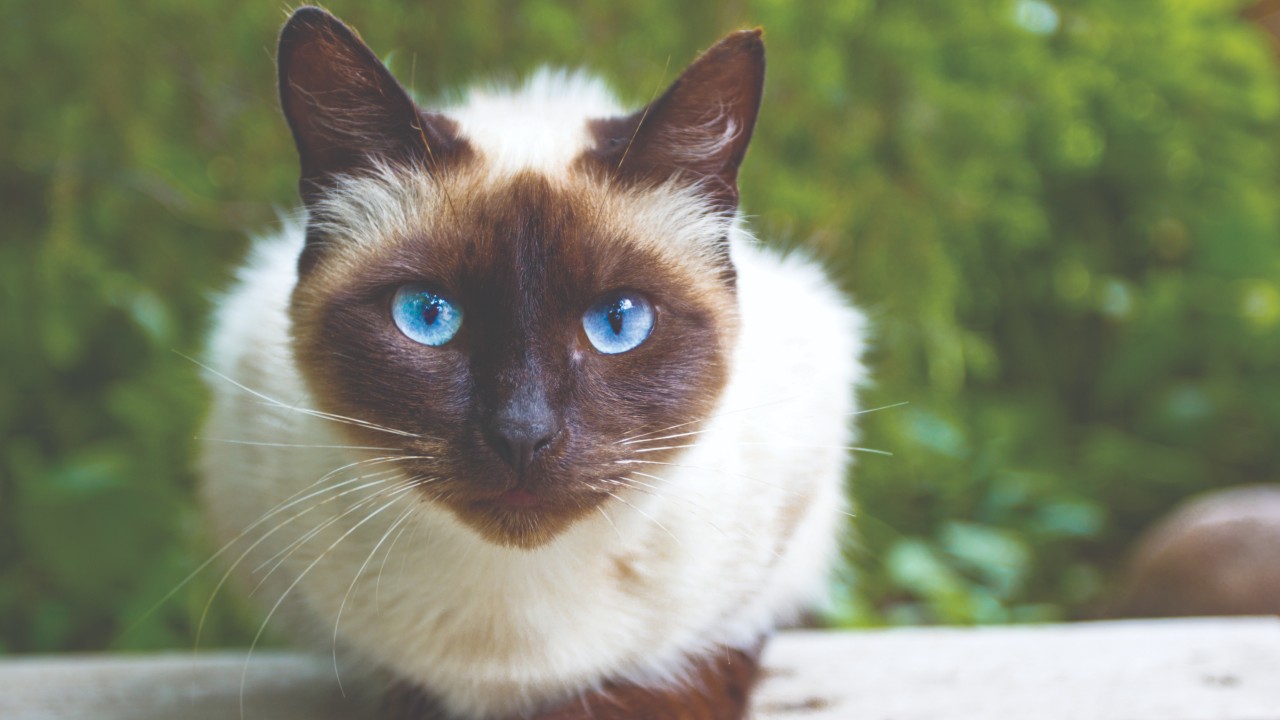
So, Siamese cats shed, but their small hairs make it much less noticeable. Many Siamese cat owners claim that they notice far less hair coming from their cat when compared to other breeds, so while shedding does still happen, it may not be an issue for you.
When it comes to the cat breeds with the biggest meows, the Siamese is hard to beat. Super chatty, smart and social, they love to be around their humans so much that they're often described as "dog-like." They'll even play fetch with their toys!
Siamese cats are also very affectionate, and their affinity for chatting means they'll probably have a little back-and-forth conversation with you.
5. Devon Rex
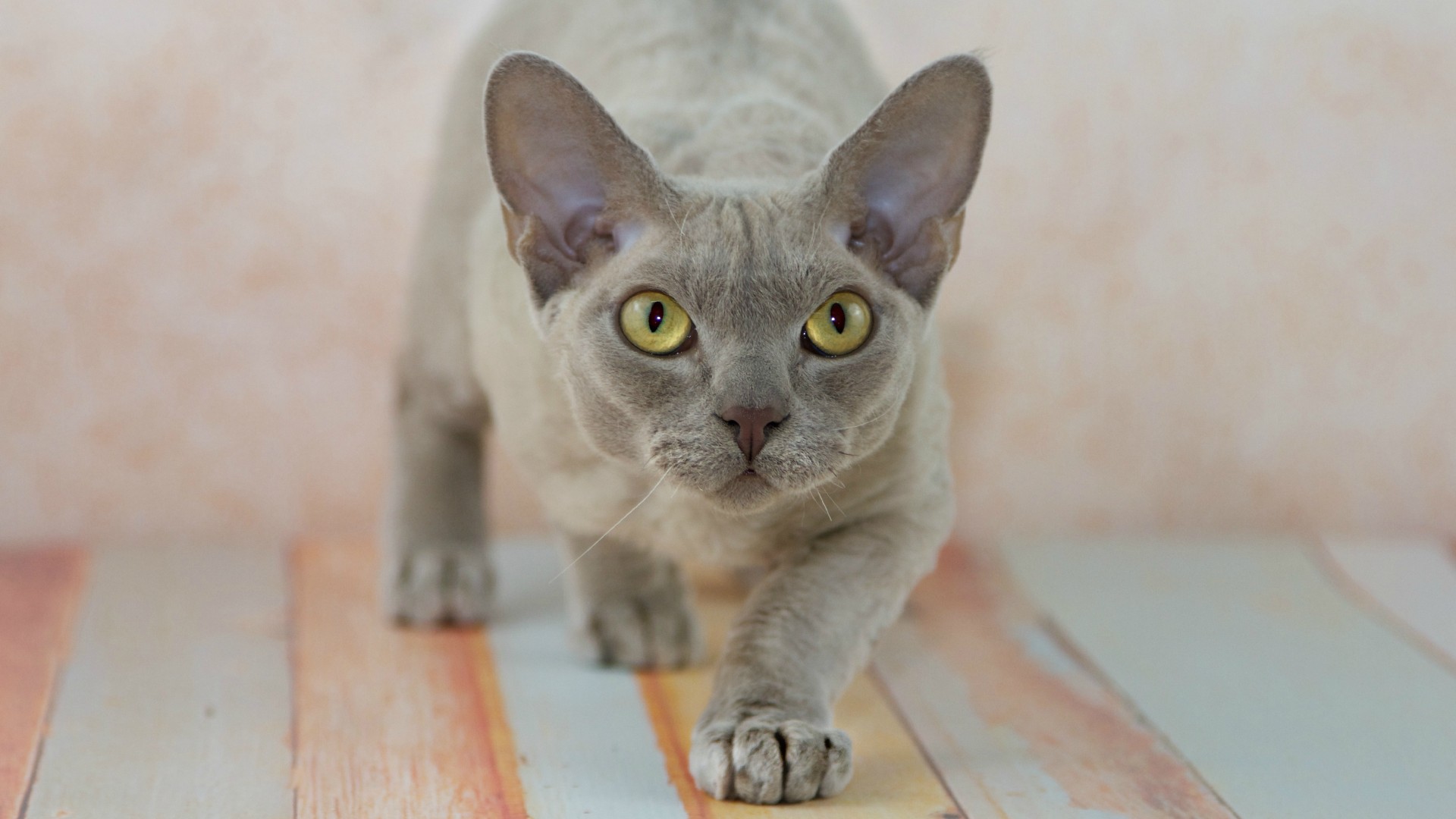
Devon Rex cats do shed, but quite mildly since they have a much shorter coat than other cats. Their short, curly coat is far less noticeable when it does shed, so you likely won't have excessive build-ups of hair dust bunnies littered around your house.
Devon Rex can sometimes molt, however, which means they grow out of their birth coat and have a new coat with a different texture.
Their coat will require some maintenance, like light brushing and occasional bathing if your vet thinks it's a good idea. Devon Rex cats are active and energetic, so if you're looking for a high-energy cat breed, they could well be the kitty for you.
6. Bambino
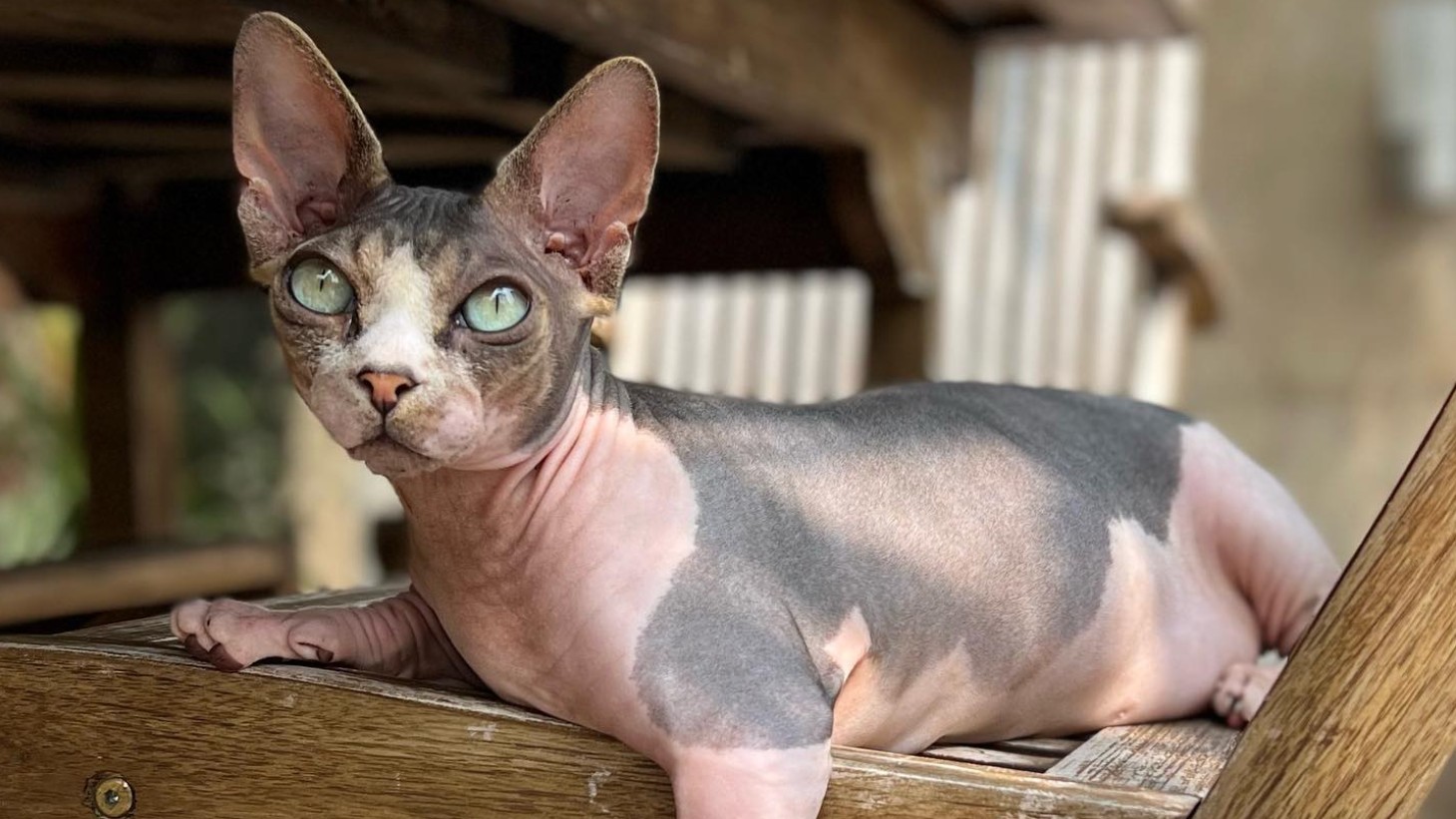
Bambino cats are a cross between munchkin cats and sphynx cats, and they're pretty darn adorable (bambino does mean "baby" in Italian).
They're also covered in peach fuzz which means you won't really have to worry about shedding. Bambinos are incredibly social and affectionate, so expect these little velvet babies to curl up in your lap whenever they get a chance.
They get along well with kids and other animals, too, so they're a great fit for families.
7. Bengal
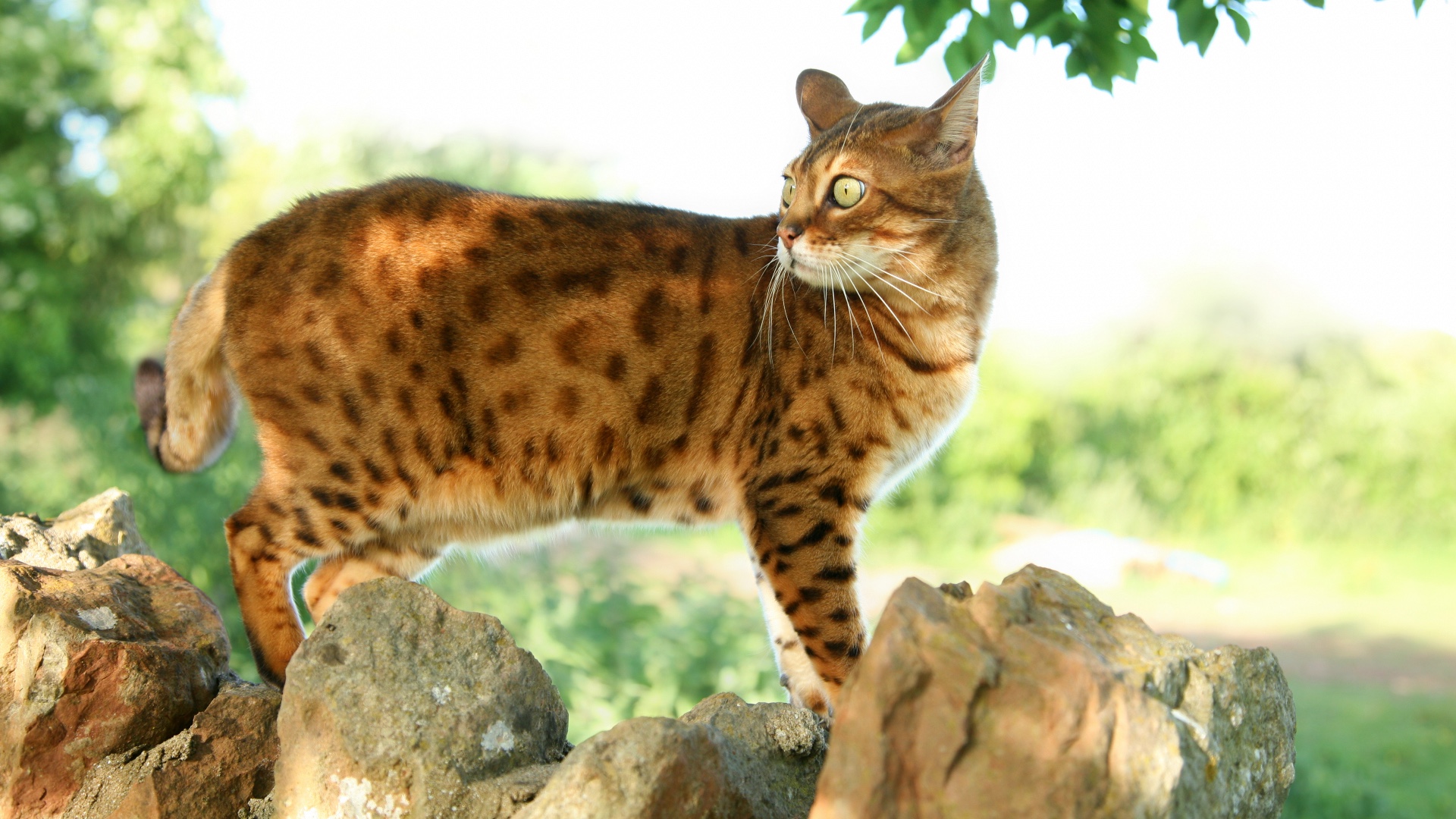
We want to make sure this isn't just a list of mostly hairless cat breeds, so the Bengal is a great addition here.
Bengals do shed, but not as often as other cats who have coats. Bengal cat owners tend to say that their cats don't shed at all, but it's more likely that they shed so minimally it's hard to notice.
Bengal cats will shed more during the fall and spring seasons just like any other cat, but again, you may not even see it.
Keep in mind that Bengals are expensive cats - it's highly unlikely you'll ever find one at a rescue or animal shelter, and that they can be very smart and high-energy. This isn't the cat for first-time cat owners, but may be one for seasoned feline fanciers who want minimal shedding.
8. Russian Blue
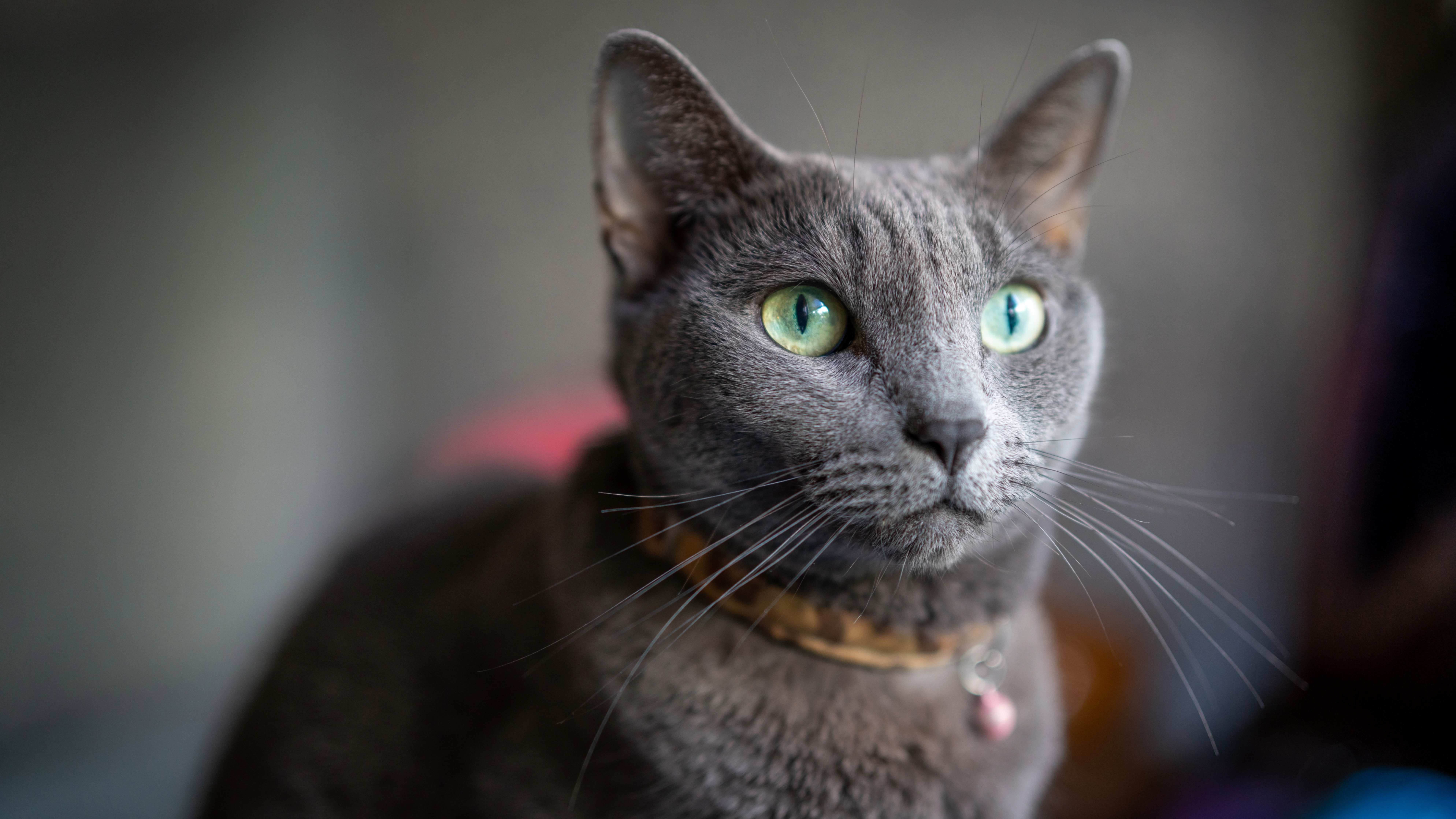
Quiet cats with thick, double coats that shed very little, the sensitive, intuitive and devoted Russian Blue makes a wonderful companion. One of the best cats for introverts, these days sweet-natured felines are low-energy and happy to spend time in their own company.
Because of their thick hair roots and short coat, cat parents who own a Russian Blue rarely find fur on their clothing or furniture. That being said, these cats will still shed their winter coat in early spring and their light, glossy outer fur in early autumn to make room for their heavy winter coat.
Thankfully, these shedding seasons are short and for the rest of the year, the Russian Blue is one very low-maintenance kitty, requiring just a weekly brush to keep their fur looking fabulous.
9. Oriental shorthair

The oriental shorthair is a natural chatterbox who thrives on human companionship. Extroverted, curious and intelligent cats who love conversing with their humans, this breed is cuddly, playful and always seeking attention.
This breed has a fine, silky coat that requires very little grooming — just a periodic brush here and there is all that's needed to maintain coat health. A sleek and elegant kitty, they shed very little, making them a top choice for allergy sufferers.
10. Burmese
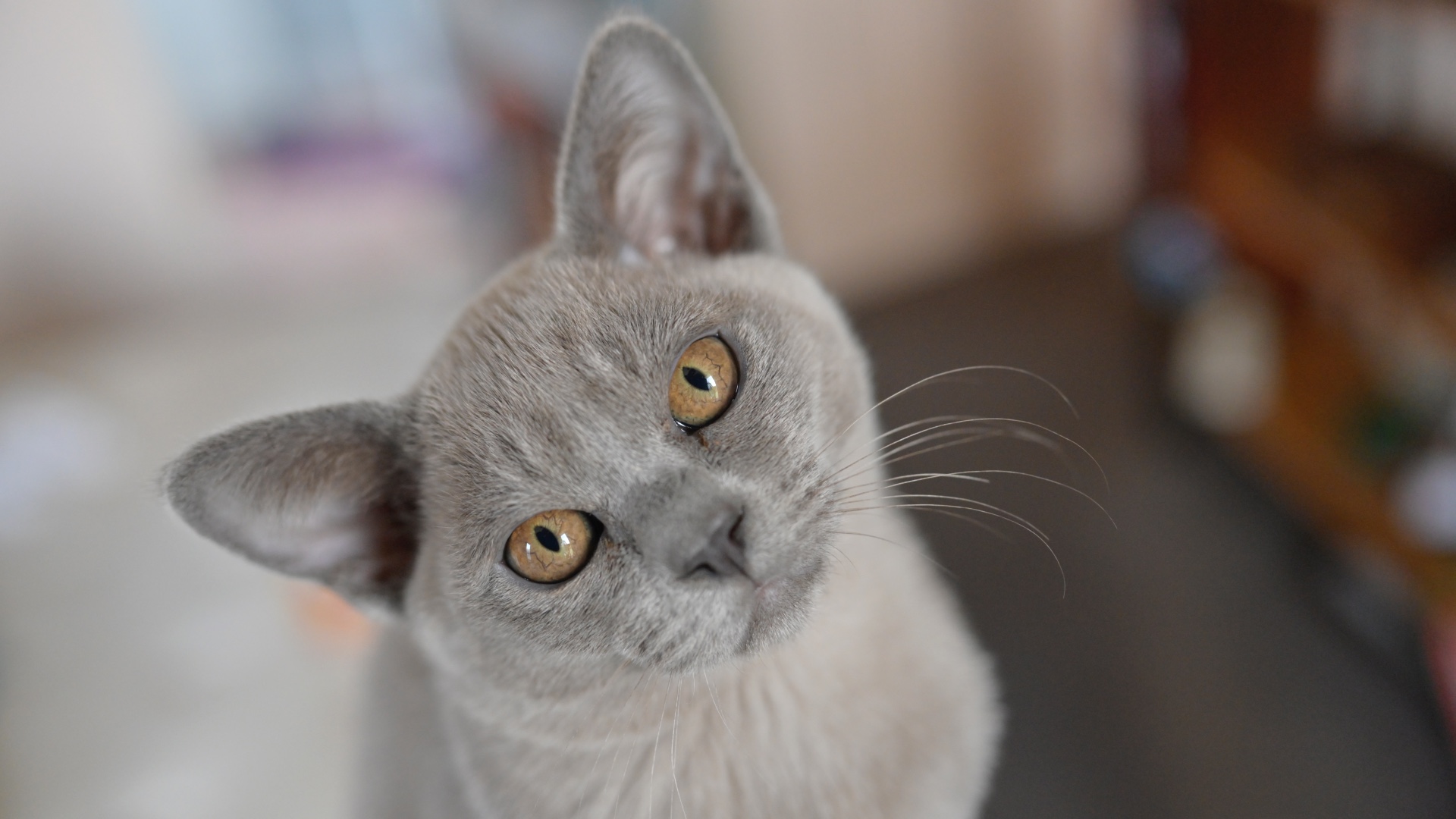
Full of charm and possessing bucket loads of personality, it's impossible not to fall in love with the fun-loving and energetic Burmese. One of the best emotional support animal breeds thanks to their sensitive nature, this kitty is very in touch with their owners moods and craves their company.
The Burmese is generally very low-maintenance when it comes to grooming and sheds a lot less than other breeds thanks to their super short coat. You'll still want to give them a brush during the shedding seasons, but even when they're losing their coat, the fur falling out tends to be minimal.

Kathryn is a freelance writer who has been a member of the PetsRadar family since it launched in 2020. Highly experienced in her field, she's driven by a desire to provide pet parents with accurate, timely, and informative content that enables them to provide their fur friends with everything they need to thrive.
Kathryn works closely with vets and trainers to ensure all articles offer the most up-to-date information across a range of pet-related fields, from insights into health and behavior issues to tips on products and training.
When she’s not busy crafting the perfect sentence for her features, buying guides and news pieces, she can be found hanging out with her family (which includes one super sassy cat and a kitten), drinking copious amounts of Jasmine tea and reading all the books.
She has written for a range of publications, including Fit&Well, Top Ten Reviews, LiveScience, Goodto, and Product Hunt.
